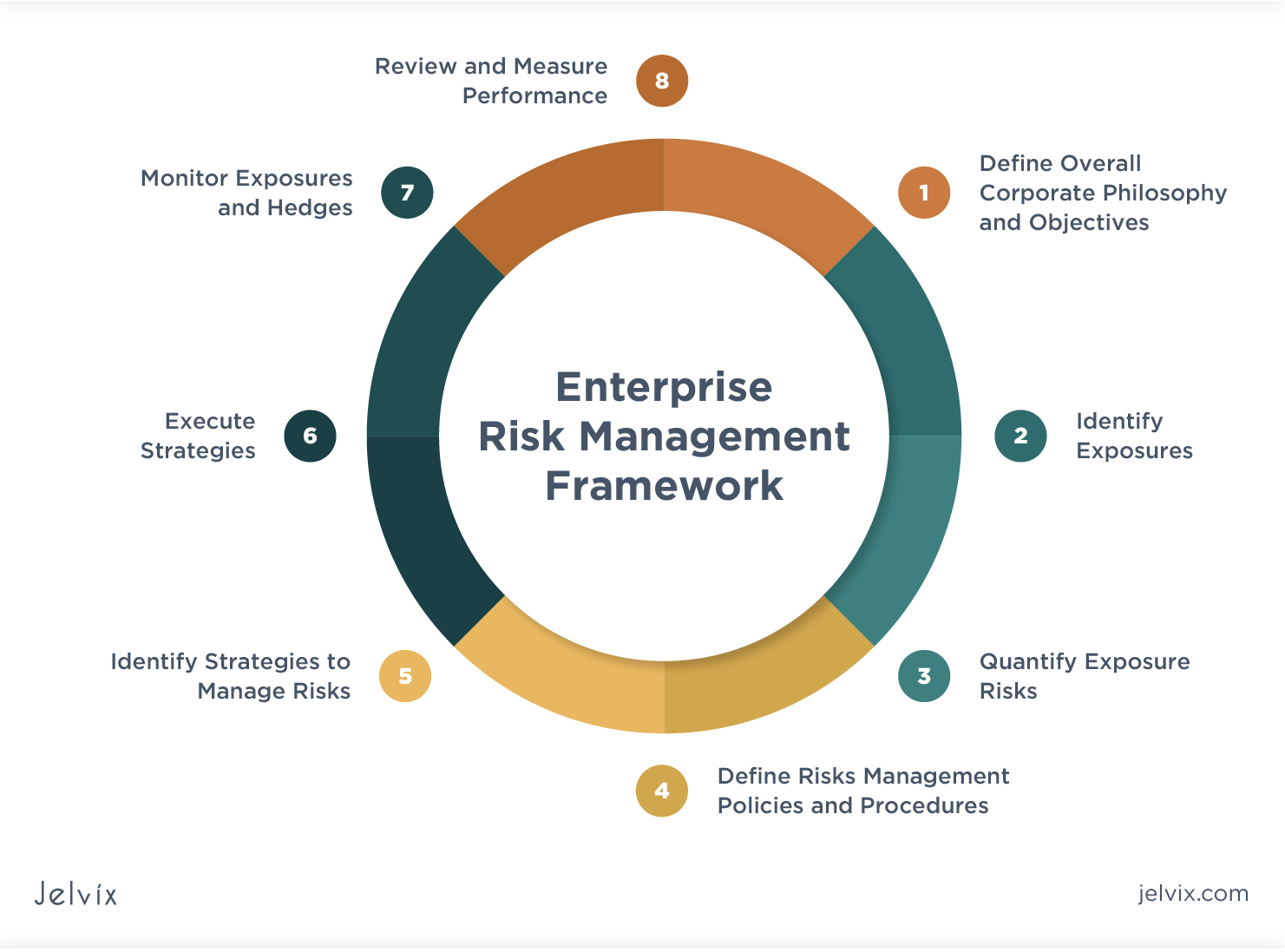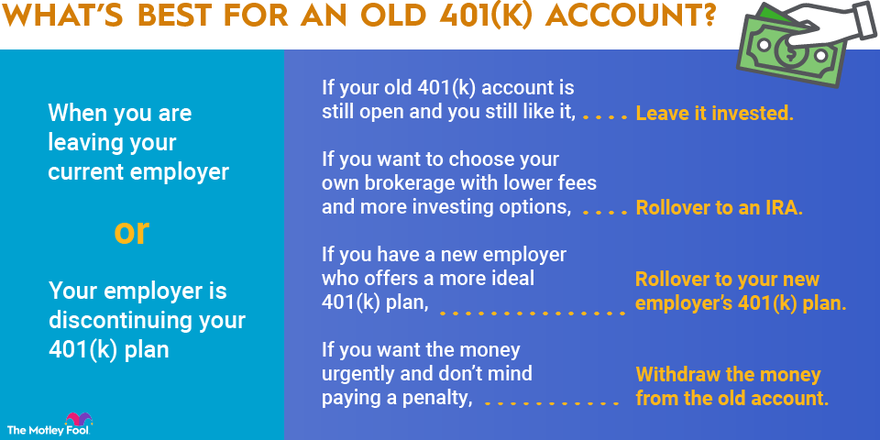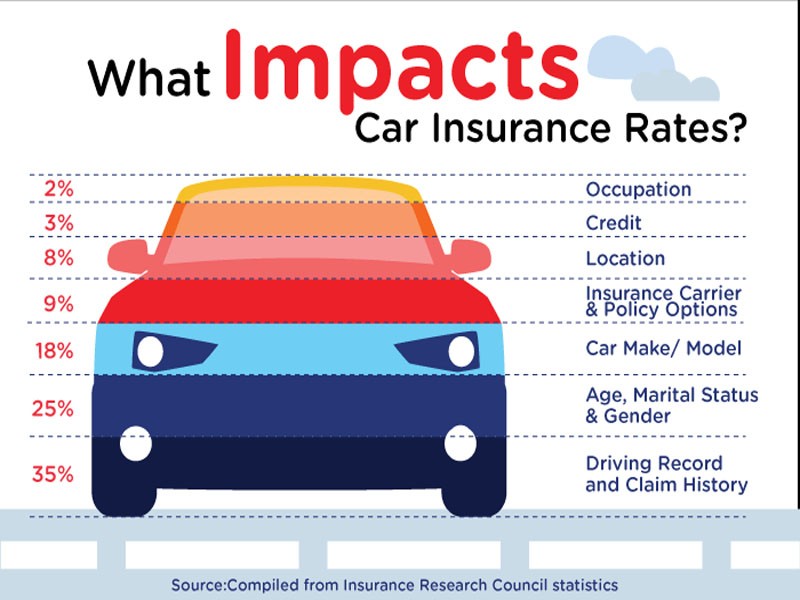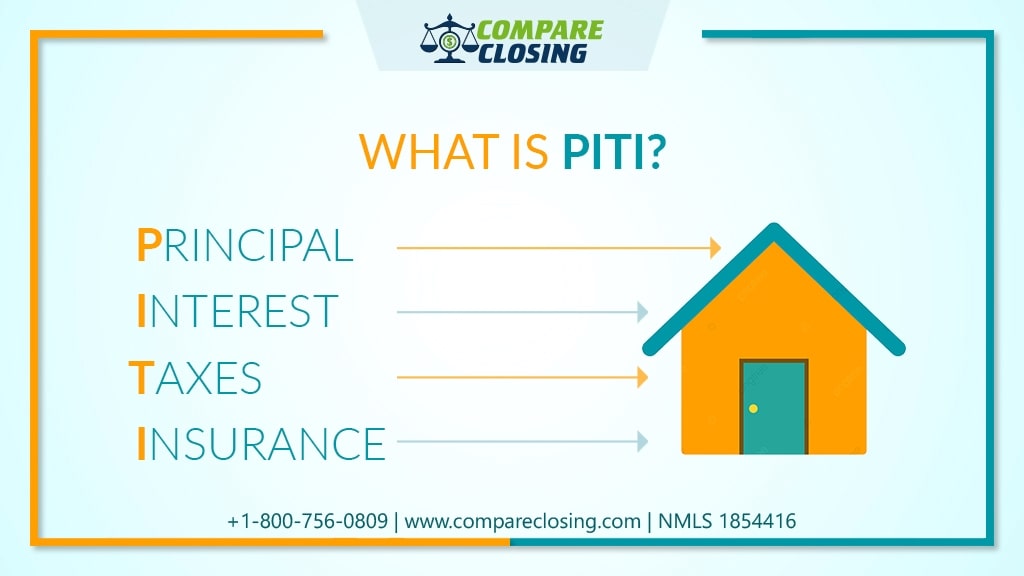In today’s rapidly evolving business landscape, organizations face a multitude of risks that can significantly impact their operations, reputation, and overall success. To effectively navigate these risks, enterprises need a comprehensive approach that goes beyond traditional risk management practices. This is where an Enterprise Risk Management (ERM) system comes into play. In this article, we will explore the concept of an ERM system, its importance, key components, benefits, challenges, and best practices for implementation.
Understanding Enterprise Risk Management System (ERM)
Enterprise Risk Management (ERM) is a strategic framework that enables organizations to identify, assess, mitigate, and monitor risks holistically. Unlike traditional risk management, which often focuses on specific risk silos, ERM takes a comprehensive view of risks across the entire enterprise. It integrates risk management into the organization’s overall strategic planning and decision-making processes.
The Importance Of Implementing An ERM System
Implementing an ERM system is crucial for organizations to proactively manage risks and seize opportunities. Here are some key reasons why adopting an ERM system is essential:
- Holistic Risk Perspective: An ERM system allows organizations to identify and understand risks comprehensively, considering both internal and external factors. This holistic view enables better risk mitigation and strategic decision-making.
- Improved Decision-Making: By integrating risk management into the decision-making process, an ERM system helps organizations make informed choices by considering potential risks and rewards associated with different options.
- Enhanced Resilience: A robust ERM system enhances an organization’s ability to respond and recover from adverse events. It helps build resilience by identifying vulnerabilities, implementing effective controls, and developing contingency plans.
- Regulatory Compliance: Many industries are subject to stringent regulatory requirements. An ERM system ensures compliance with relevant regulations and enables proactive risk mitigation, reducing the likelihood of penalties or legal issues.
Key Components Of An ERM System
An effective ERM system consists of several key components that work together to provide a comprehensive risk management framework. These components include:
Risk Identification and Assessment
The first step in managing risks is to identify and assess them. This involves conducting a thorough analysis of the organization’s internal and external environment to identify potential risks. Risk assessment methodologies such as risk heat maps, risk matrices, and scenario analysis can be employed to evaluate the likelihood and impact of each risk.
Risk Mitigation and Control
Once risks are identified and assessed, the next step is to develop strategies to mitigate and control them. This involves implementing controls, processes, and procedures to reduce the likelihood or impact of risks. Risk mitigation techniques may include implementing internal controls, establishing risk transfer mechanisms (such as insurance), or diversifying business operations.
Risk Monitoring and Reporting
An ERM system should include mechanisms for ongoing risk monitoring and reporting. Regular monitoring allows organizations to detect changes in the risk landscape and take timely actions. Key risk indicators (KRIs) can be established to provide early warning signs of potential risks. Reporting mechanisms should enable the communication of risk information to relevant stakeholders, such as management, board members, and regulators.
Integration and Collaboration
Integration and collaboration are vital components of an ERM system. Risk management should be integrated into various organizational processes, including strategic planning, performance management, and internal controls. Collaboration between different departments and stakeholders facilitates a holistic understanding of risks and promotes coordinated risk responses.
Benefits Of An Effective ERM System
Implementing an effective ERM system offers numerous benefits to organizations, including:
- Improved Risk Awareness: An ERM system enhances the organization’s overall risk awareness by providing a clear understanding of potential risks and their impact on business objectives.
- Enhanced Decision-Making: With an ERM system in place, decision-makers have access to comprehensive risk information, enabling them to make informed decisions that consider potential risks and rewards.
- Proactive Risk Management: An ERM system allows organizations to take a proactive approach to risk management by identifying risks early, implementing appropriate controls, and developing contingency plans.
- Optimized Resource Allocation: By prioritizing risks based on their potential impact, an ERM system helps organizations allocate resources more effectively to manage and mitigate the most significant risks.
- Enhanced Stakeholder Confidence: Demonstrating effective risk management through an ERM system instills confidence in stakeholders, including investors, customers, and regulatory bodies, enhancing the organization’s reputation and credibility.
Challenges In Implementing An ERM System
While implementing an ERM system brings significant benefits, organizations may face challenges along the way. Some common challenges include:
- Organizational Resistance: Resistance to change and lack of awareness about the benefits of ERM can hinder the implementation process. It is crucial to create awareness, obtain buy-in from key stakeholders, and foster a risk-aware culture.
- Complexity and Integration: Integrating risk management across various functions and departments can be complex. It requires collaboration and coordination to ensure a unified approach to risk management.
- Data Availability and Quality: Obtaining reliable and accurate risk data can be challenging. Organizations need to establish data collection processes and systems to ensure the availability and quality of data for risk analysis and decision-making.
- Cost and Resource Constraints: Implementing an ERM system requires investments in technology, training, and resources. Organizations need to allocate adequate resources and develop a business case to justify the costs associated with implementing an ERM system.
Best Practices For Implementing An ERM System
To maximize the effectiveness of an ERM system, organizations should follow these best practices:
- Define Risk Management Objectives
Clearly define the objectives of the risk management program. Align the objectives with the organization’s overall strategic goals and ensure they are measurable and attainable.
- Establish a Risk Governance Structure
Designate a risk officer or risk management committee responsible for overseeing the ERM system. Define roles, responsibilities, and reporting lines to ensure effective governance and accountability.
- Conduct Regular Risk Assessments
Perform periodic risk assessments to identify, assess, and prioritize risks. Use a systematic and consistent approach to evaluate risks based on their likelihood and impact, taking into account internal and external factors.
- Develop Risk Mitigation Strategies
Develop risk mitigation strategies and action plans to address identified risks. Assign responsibility for implementing the strategies and establish timelines for completion. Continuously monitor and review the effectiveness of mitigation measures.
- Monitor and Review Risk Management Activities
Establish a robust monitoring and review process to track the implementation of risk management activities. Regularly review risk profiles, key risk indicators, and risk mitigation progress. Adjust strategies and actions as needed.
- Foster a Risk-Aware Culture
Promote a risk-aware culture throughout the organization. Encourage employees to identify and report risks, provide training on risk management principles and practices, and recognize and reward proactive risk management behaviors.
- Utilize Technology and Tools
Leverage technology and tools to support the implementation and management of the ERM system. Use risk management software, data analytics, and reporting tools to enhance risk assessment, monitoring, and reporting capabilities.
- Provide Training and Education
Invest in training and education programs to build risk management competency across the organization. Ensure that employees understand their roles in managing risks and have the necessary skills to contribute effectively.
Conclusion
Implementing an Enterprise Risk Management (ERM) system is crucial for organizations to navigate the complex and evolving risk landscape. By adopting a holistic approach to risk management, organizations can proactively identify, assess, and mitigate risks, leading to improved decision-making, enhanced resilience, and better stakeholder confidence. While challenges may arise during implementation, following best practices and fostering a risk-aware culture can ensure the success of an ERM system.






